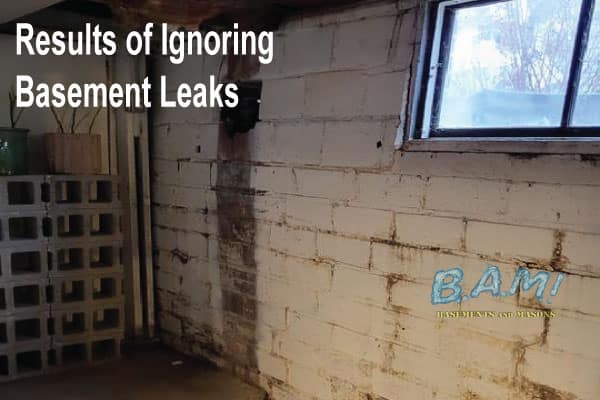The Buzz on Best Basement Waterproofing
The Buzz on Best Basement Waterproofing
Blog Article
Some Of Best Basement Waterproofing
Table of ContentsExamine This Report about Best Basement WaterproofingBest Basement Waterproofing Can Be Fun For EveryoneThe Single Strategy To Use For Best Basement WaterproofingSome Known Questions About Best Basement Waterproofing.The Basic Principles Of Best Basement Waterproofing
AdvantaClean's trained specialists and specialists will find the water source. If wall or slab fractures are present, we will inject polyurethane and epoxies into the splits and secure the compromise, avoiding more wetness from going into.Proper rating around the home to route dampness away from the framework. Putting up, repairing, or cleaning gutters and downspouts. Inside or exterior waterproofing with filler, sealant, and/or water-proof paint. Setting up cellar air flow systems, conditioning systems, or cellar dehumidifier systems to get water out of your cellar. Selecting AdvantaClean's basement waterproofing services is a reliable means to treat moisture and prevent mold from endangering the framework of your home and the wellness of your family members.
If there's condensation on the outside of the foil, you have high moisture in your basement. If the foil has condensation on the inside surface area (next to the wall), the soil around your house might be naturally damp from a high water table or inadequate dirt drain.
You can waterproof just your indoor walls, which may solve the trouble. Once they dry out, they stick permanently to concrete and stonework wall surfaces.
The Ultimate Guide To Best Basement Waterproofing
Concrete water-proof layers can't be used to formerly painted surfaces; check the label. Recognized as densifiers, they are appropriate only for wall surfaces that have not been repainted or secured.
But you brush, roll, or spray it on a lot more thickly one gallon covers just 75 square feet, not the 300 square feet normal with standard paint. Waterproof paint is great for do it yourself application. You can use it over repainted surface areas, and paint over it once it's cured (one gallon costs $37).
It can cost $10,000 to $15,000, depending on the job required. Outside waterproofing entails excavating around your house to the complete depth of the foundation wall surfaces, after that setting up a water resistant layer or membrane layer topped by water drainage panels. The panels give a very easy path for water to stream down to an external French drainpipe at the bottom of your foundation.
Facts About Best Basement Waterproofing Uncovered
We've all been captured in a tornado without any umbrella or raincoat. And it's constantly a recipe for calamity: whatever's damp, your hairdo is wrecked, and things are obtaining musty. A basement without waterproofing is sort of like that. Minus the destroyed hairdo component. Your basement doesn't wish to go with a downpour without proper security equally as high as you do not want to.

Outside waterproofing is a waterproofing approach that includes sealing your home from the outside. The foundation walls are after that cleansed, secured, and covered with a water-proof membrane or sealant.
The 8-Minute Rule for Best Basement Waterproofing
It's a much more engaged process that calls for digging up your yard, which is costly and taxing. Outside waterproofing entails eliminating every little thing surrounding the house, consisting of patios, driveways, pathways, landscape design, a/c units, decks, and so forth. If any of the job was see this done improperly and water is still entering your cellar, there isn't much you can do to deal with or fix it.
Interior basement waterproofing entails waterproofing from the within. Any kind of water that leaks into your basement is rerouted before it touches your floor.
It's a reliable method to water resistant your cellar. The drawback of interior basement waterproofing mostly relates to the installation process. This approach needs saved products, furniture, and integrated shelving or cupboards to be moved from touching the cellar walls. And during installment, read this article your basement can not be used. The greatest difference in between both approaches is this: Outside waterproofing is a preventative remedy and interior waterproofing is a rehabilitative service.
Little Known Questions About Best Basement Waterproofing.
Finally, outside and indoor cellar waterproofing are both reliable approaches of shielding your home from water damages. Outside waterproofing produces a barrier that prevents water from entering your home, while indoor waterproofing reroutes water that does enter your home. And it is very important to note that outside waterproofing is an expensive and disruptive installation procedure when contrasted to interior waterproofing.
Whichever approach you pick, make sure you select a trustworthy and trustworthy specialist for the work. If you have any kind of inquiries regarding cellar waterproofing, please reach out to us.
You can submit our form below. Best Basement Waterproofing, pop over to these guys start a chat in the bottom right-hand corner, or call us at 1-800-827-0702
Report this page